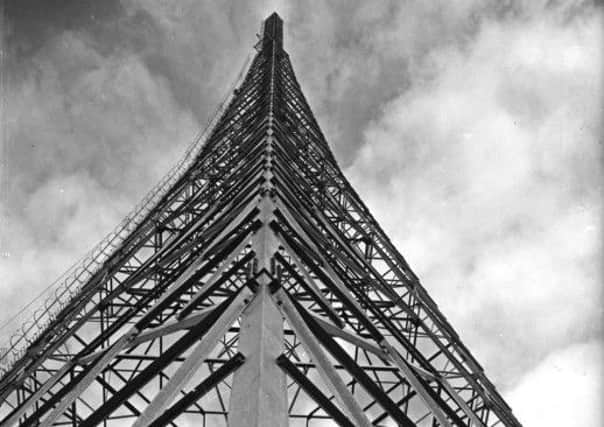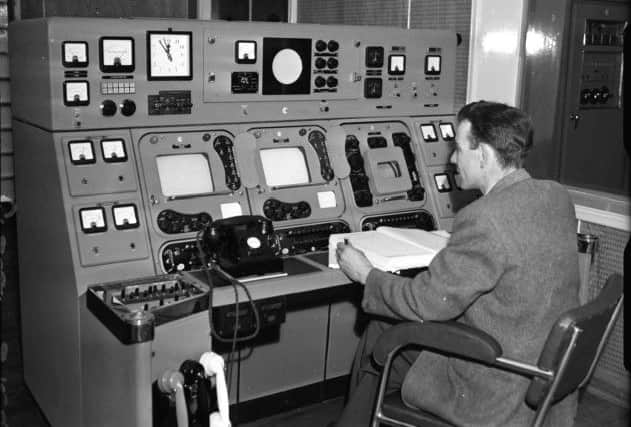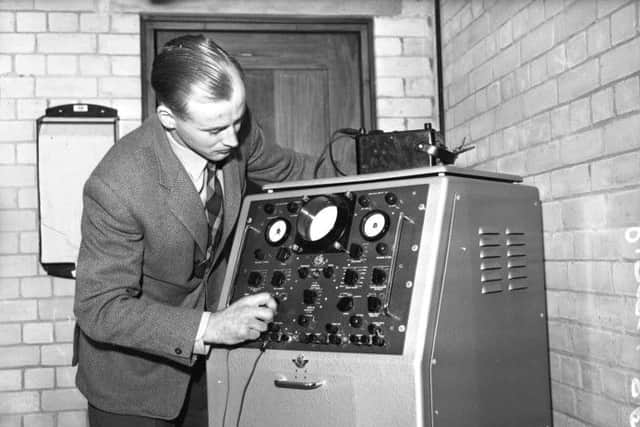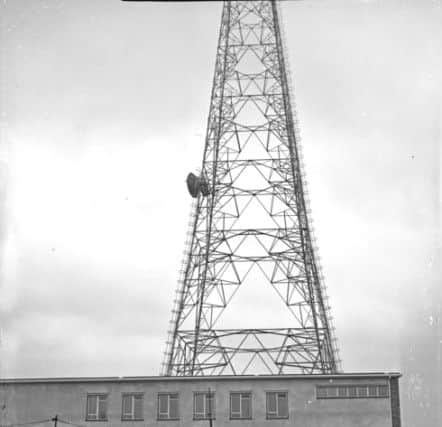How they brought ITV to Yorkshire


In Leeds Town Hall at 7 pm- where the opening ceremony of ‘Emley Moor on Air’ began - a glittering audience of the county’s celebrities gathered to celebrate the new channel’s arrival.
In his opening speech, the Lord Mayor of Leeds, Ald. Thomas A. Jessop, said Yorkshire had always aimed at high standards ‘We must have quality,’ he said and then welcomed ITV to Yorkshire. Amongst the audience were the Lord and Lady Mayoress of Sheffield.
Advertisement
Hide AdAdvertisement
Hide AdAn Independent Television Authority (ITA) was created by the Television Act 1954 to supervise establishing Independent Television (ITV), the UK’s first commercial television network. The ITA determined the location, building and operated the transmission stations used by the ITV network. It also determined the franchise areas. It is also worth noting that the ITA persuaded the Associated British Picture Corporation (ABPC) to become involved with television. An ABPC subsidiary ABC Television was established by a chain of cinema companies in an attempt to safeguard their business by becoming involved with television.


The Managing Director of ABC, Howard Thomas said the opening of the new ITA region was exciting as it was the most extensive in the network. ‘We can never please all the Yorkshire viewers all the time, but we do regard the scope of our network as an exciting challenge.’
At the time, Emley Moor transmitter was dubbed as TV without the glamour. Spaced one-and-a-half- miles from the villages of Kirkburton and Emley, five miles from Huddersfield, 18 miles from Sheffield and 850 feet up on the windy moors, it could hardly be anything else.
Beneath the 445 feet transmitting tower - visible across the bleak moorland from the Sheffield - Huddersfield Road was a two storey building housing the expensive and complicated equipment that would send out ITV programmes to capture another five million viewers. Upstairs in the building above the generators, was a team of engineers, maintenance men, a clerk, a driver and a cook.
Advertisement
Hide AdAdvertisement
Hide AdOf the five million people expected to be served by Emley Moor, 41/2 million were told they would be in the ‘primary service area’. In this region most viewers, unless they were situated in particularly unfavourable positions such as behind high ground or screening by high buildings, were to receive a satisfactory service.


To not interfere with transmissions on the other side of the Pennines, the aerial sprays on top of the Emley mast had a semi-circular coverage towards the east where it was most needed. The transmitting area covered 70 miles to the east and only ten to the west.
Construction of the new transmitter, which started in July 1956, had been simplified because it had been built on the same principal as the ITV Winter Hill one near Greater Manchester. That installation had been in operation from May 1956.
Emley Moor was necessary because a central transmitter, covering both sides of the Pennines, like the BBC’s Holme Moss, was not practical. A transmitter of that sort would have taken two years to build. The whole of the Emley Moor station was planned and built in little more than three months.
Advertisement
Hide AdAdvertisement
Hide AdAbout 60% of the UK’s population lived in the areas served by ITV’s Croydon, Lichfield, Winter Hill and Emley Moor transmitting stations. These four formed the first stage in the development of the Independent Television network. In the following year the second stage, with transmitters to serve central Scotland and South Wales and the West of England, was to be implemented.


Following the speeches in Leeds Town Hall, at 7.15pm viewers were treated to a short film introducing Yorkshire’s famous sons and daughters. Yorkshire was to join the national network at 8 o’clock for the ‘64,000 Question.’
The special edition of ‘Saturday Showtime’ at nine o’clock was titled ‘Salute to Yorkshire’ and starred Yorkshire comedian Albert Modley.
The opening of Emley Moor transmitter was expected to start a big rush for television sets in Yorkshire, and parts of Derbyshire and Lincolnshire. Radio dealers had been working flat out to install or convert TV sets in readiness for the event.
Advertisement
Hide AdAdvertisement
Hide Ad‘The push came up to the beginning of the week,’ said one Sheffield dealer. But people did not leave it to the last minute. Most viewers who intended to have sets ready for the new station made their minds up early. Dealers were not making any promises about the quality of reception until after the initial broadcast. Yet, most of them were saying the test card reception compared favourably with the BBC’s Holme Moss transmitter picture.
During the evening celebrations in Leeds, guests watched the ITV programmes on 32 monitor sets at strategic points in the Town Hall. Philip Harben cooked a special Yorkshire pudding, guests tried a new cocktail, ‘White Rose’ playing during dinner was by the band of the King’s own Yorkshire Light Infantry, and representatives of the three services in Yorkshire took part in the finale, a massed playing and singing of ‘Land of Hope and Glory’.